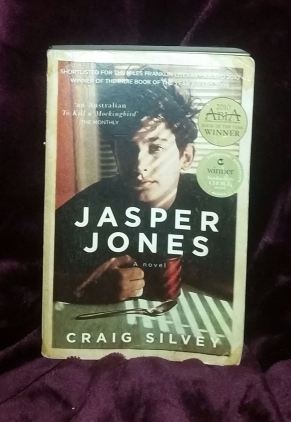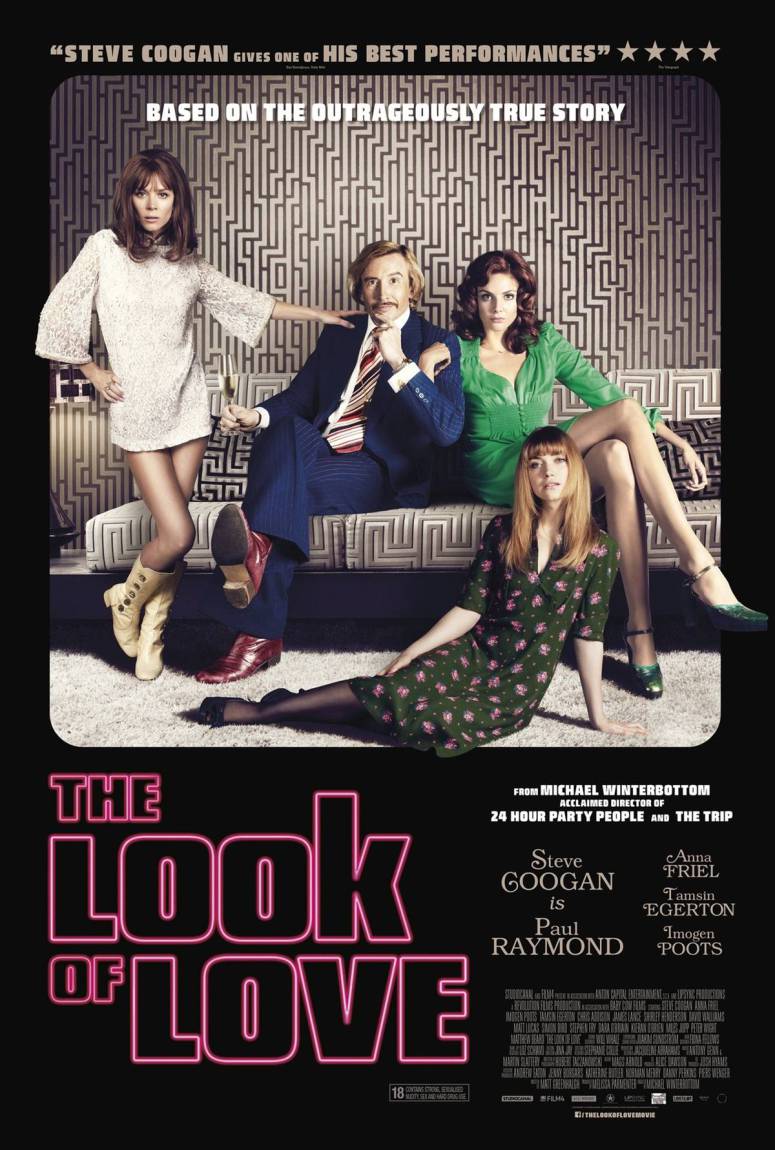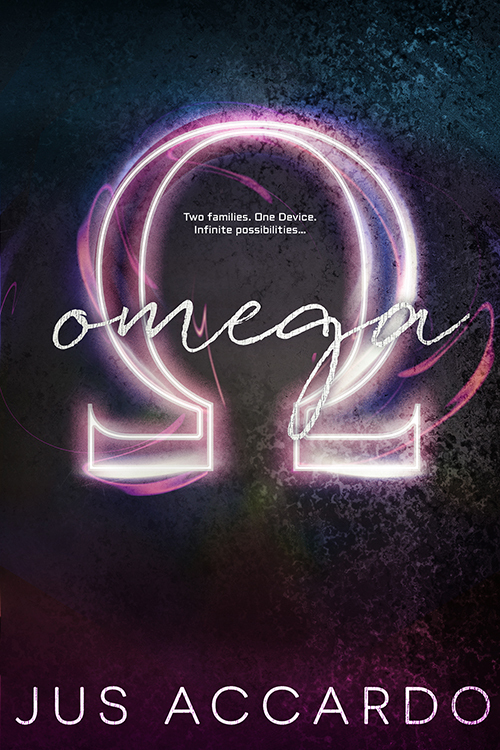
A quick update to this earlier post about Manuele Fior’s 5,000 km per Second. The other day I read his new book, The Interview. It’s a strange work, not quite as good as the earlier one, perhaps, but still worth reading. Like its predecessor, it’s gorgeously drawn and illustrated, although the strong yet somewhat sickly palette of the previous book is replaced her by a brown-tinted black-and-white (it looks almost sepia, which makes sense inasmuch as the events we are reading about, although set in our future, are in fact in the past of the time of the book’s telling). As befits its title The Interview contains more dialogue than 5,000 but it also has long, striking wordless sections.
For example:

The Interview is set in 2048 in a devolved Italy (the specific location is Udine and environs) after some never-explained dramatic political events. Raniero is a psychologist with a failing marriage, a cantankerous and mostly unlikeable friend who despairs about the new world they’re all living in (Fior is very good at unpleasant male characters), and a penchant for old-fashioned gasoline-engine cars. (Pretty much no one drives them anymore and he can only get the gas for them on the black market.) The car is important because the book begins with an accident: driving home late one night, Raniero sees strange triangular flashing lights in the sky and is so compelled by them that he drives into a ditch. But instead of being traumatized by the accident, he’s filled with a strange hilarity.
He’s also concussed, which opens up the possibility that everything that comes after is some kind of hallucination, but the point really seems to be that alternative or deranged mental states are worth paying attention to. Shortly thereafter he begins treating a new patient, Dora, whose parents—like the parents of the Dora in Freud’s pioneering case study—have brought her in for treatment, in this case because of hallucinations. Fior’s Dora claims to have seen aliens and to be able to communicate with them. Dora and Raniero eventually become involved—a terrible ethical violation, as his friend Walter reminds him—which was a state only implied as a fantasy (explicitly on Dora’s part, according to Freud, but surely on his as well) in Freud’s text. But as in Freud’s text, this Dora ends up being the one in control. Although she does not abandon the therapy, peremptorily giving the doctor two weeks notice, like any common servant, the way Freud woundedly realizes his patient has done, this Dora goes on to become the central figure of the book.
Fior’s Dora is a member of the New Convention, a group professing liberation of all sorts, especially sexual, loosely modeled, presumably, on various 60s and 70s counter-cultural movements. (There may be more specific Italian antecedents I’m missing here.) The book gets stranger when it becomes clear that what Dora says is true—there really are aliens, and Raniero can see them too. In fact, before long, everyone can see them. Interestingly, the aliens have nothing to say to humanity: they are meaningless or, perhaps more accurately, beyond our ideas of meaning. Indeed, their function in the book is to precipitate a new world order, in which telepathy amongst people becomes regular and routine. The book never explains how this happens, instead skipping forward in its final pages many years, where we finally get the interview of the title. (Though of course we have seen the initial intake interview between Dora and Raniero earlier on.) Dora, now 130 years old, is interviewed at a university or institute of some kind where she tries to explain to the students states of being that no longer exist, especially the state of being in love. Being in love was a function, she explains, of a world without telepathy, a world in which it was difficult, basically impossible, for one person to understand another, even though people spent their lives trying to do so. The compensation, if that is the right word, for that isolation was love, a mixture of joy and pain that Dora cannot explain to the students.
In the end, The Interview reminds me of 5,000 km per Second in that both are about missed or failed encounters, except that what’s missed here isn’t just an individual relationship, as in the previous book, but of the ability of different generations to understand each other. Although the book implies that humanity is suddenly transformed for the better by the recognition that it isn’t alone in the universe, the ending suggests that the new world that arises after that moment is just as full of incomprehensibility as earlier times. Dora’s experiences as a young person, no matter how radical she felt herself to have been, are as incomprehensible to the youth of the 22nd century as she was to her elders in 2048. I can’t decide what Fior wants us to make of this fact. Should we be consoled that things never change, and yet that we bumble on just the same? Should we despair that the same problems keep coming up?
The Interview is a puzzling, stimulating, moving, and visually beautiful book of interest even to those readers who don’t think comics or science fiction are their thing. Jamie Richards translated it, a fact I am glad to see the publishers have acknowledged a bit more prominently than last time. Maybe next time on the cover?
Advertisements Share this:





